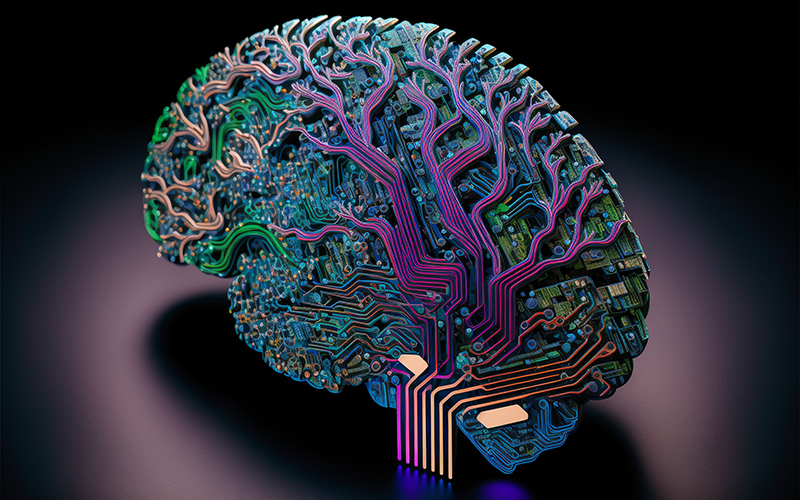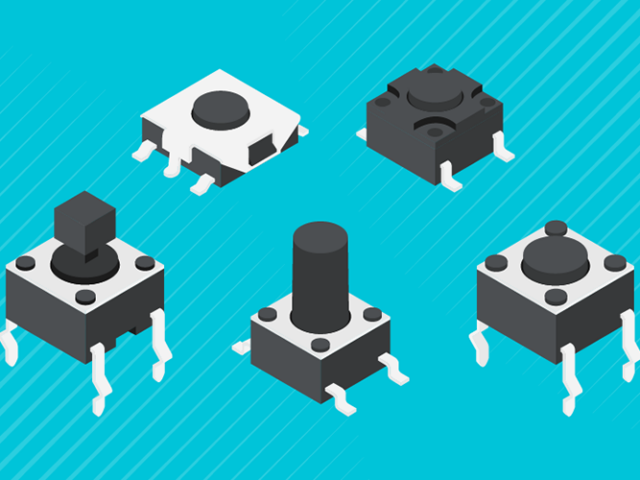Neuromorphic computing is an innovative field of computer science that seeks to replicate the structure and function of the human brain in computing systems.
Written by Gopika Yedlapalli
This type of computing aims to overcome the limitations of traditional computing systems and provide a new approach to solving complex problems in areas such as robotics, image and speech recognition, and decision-making.
In traditional computing systems, data is processed through a central processing unit (CPU) and stored in a separate memory unit. They require pre-programming and are limited by their algorithms. However, this architecture has limitations in terms of processing large and complex data sets. Neuromorphic computing, on the other hand, is modelled after the structure and function of the human brain. It consists of artificial neurons and synapses that communicate with each other in a way that is similar to biological neurons.
Another unique aspect of neuromorphic computing is its ability to learn and adapt in real-time. neuromorphic computing systems can learn and adjust their behaviour based on the data they receive. This ability to learn and adapt makes neuromorphic computing an ideal solution for a wide range of problems, including those that require complex decision-making and pattern recognition. One of the key advantages of neuromorphic computing is its efficiency.
Neuromorphic systems are highly energy efficient, as they are designed to process information in real-time, without the need for large amounts of storage or data transfer. This makes them well suited for applications in areas such as robotics, autonomous systems, and edge computing.
Another advantage of neuromorphic computing is its ability to process complex and diverse information in real-time, including visual, auditory, and sensory data. This makes it well suited for applications in fields such as computer vision, speech recognition, and natural language processing.
However, despite its potential, neuromorphic computing is still in its infancy, and there are several challenges that need to be addressed before it can become a mainstream technology. These include the need for better hardware and software tools, more robust algorithms, and a deeper understanding of how the human brain works.
In conclusion, neuromorphic computing represents a new and exciting field of computer science that has the potential to change the way we think about computing. By replicating the structure and function of the human brain in computing systems, neuromorphic computing aims to provide innovative solutions to complex real-world problems and overcome the limitations of traditional computing systems. It has the potential to power the next generation of AI and robotics systems.




